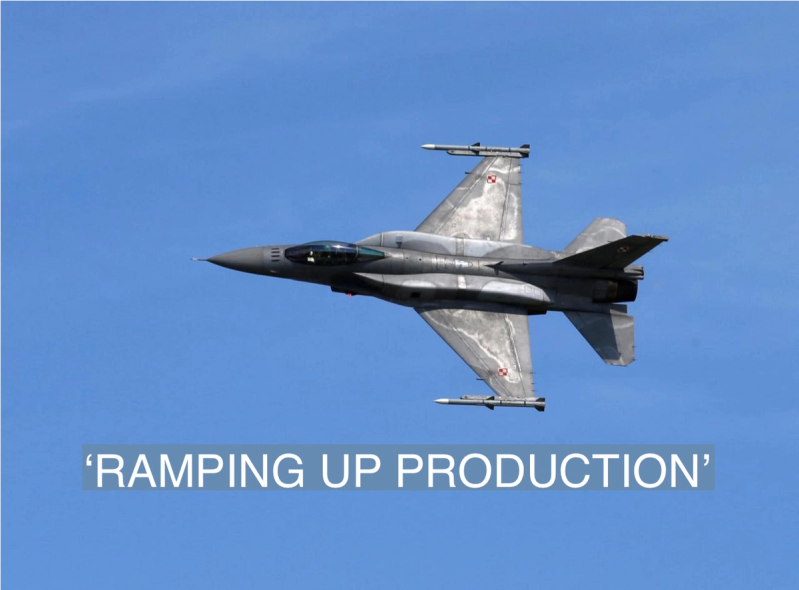The News
Europe’s biggest arms manufacturer reported its best-ever year for new orders as Russia’s war in Ukraine drives higher military spending.
BAE Systems’ chief executive Charles Woodburn said the company expects “continued momentum in the medium to long term as governments replenish stocks, recapitalise equipment and support allies.”

Know More
As a manufacturer of everything from howitzer shells to fighter jets and nuclear submarines, BAE “has done very well out of Russia’s invasion of Ukraine,” The Economist reported.
BAE brought in $44 billion in new orders last year, pushing its order backlog to almost $80 billion. Its share price has soared by more than 50% in the last year.
The company expects continued growth in 2023 as countries raise their defense budgets in response to the “elevated threat environment” following Russia’s full-scale invasion of Ukraine last year.

The View From South Korea
Two South Korean companies signed a $5.8 billion contract — the biggest arms deal in the country’s history — with Poland to export tanks and howitzers last year. And Poland has vowed to boost military spending to 3% of GDP and double the size of its army.
The stock price for Hyundai Rotem, the South Korean manufacturer of the tanks, is up nearly 35% in the last year. The company expects to deliver 180 K2 Black Panther tanks by 2025.
The View From The United States
Lockheed Martin, the U.S.’s largest defense contractor, last month said it would be “ramping up production” of F-16 fighter jets to backfill any country that transfers jets to Ukraine.
The View From NATO
According to NATO, since Russia’s full-scale invasion of Ukraine, most members have committed to boost defense spending and to do so more quickly.
The majority of NATO members that committed to boost their spending will aim to spend 2% or more of their GDP on defense each year, although several are aiming to fulfil the pledge in the medium-to-long-term.

